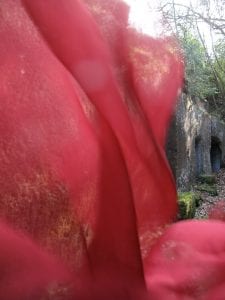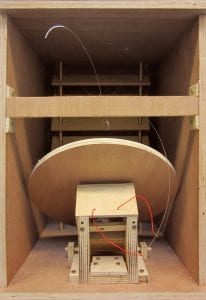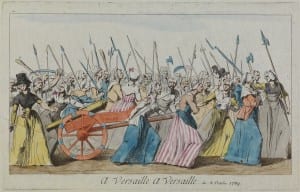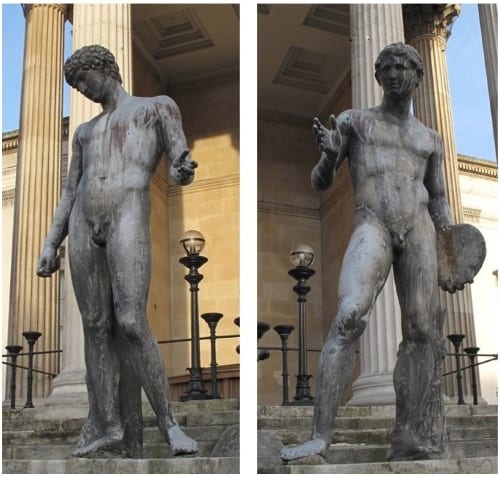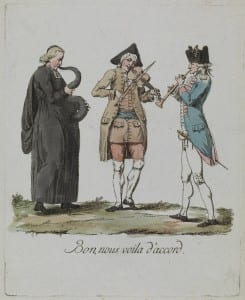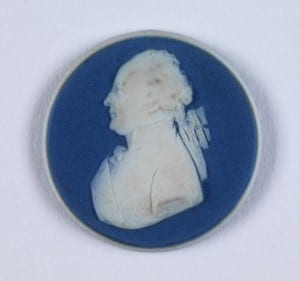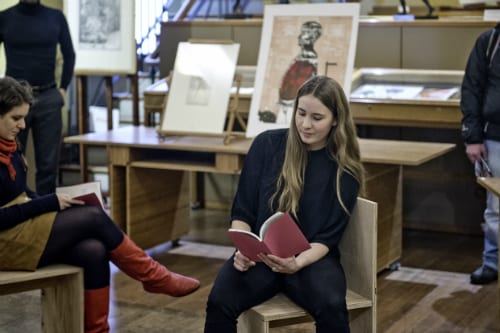Splicing Time. Rome and the Roman Campagna at UCL Art Museum
By Martine Rouleau, on 2 March 2017
Blog post written by Liz Rideal, Leverhume artist in residence at UCL Art Museum and Reader in Fine Art at the Slade School of Fine Art. She also lectures and writes educational material for the National Portrait Gallery.
Being invited to take up the role of artist in residence at UCL Art Museum was an unexpected outcome of Splicing Time, Rome and the Roman Campagna, my 2016-17 Leverhulme Fellowship.
One theme was to study Claude Lorraine’s Liber Veritatis drawings, in the British Museum’s collection and attempt to plot their contemporary locations, to study his concept of real, imagined and invented landscape and relate this imagery to my own work in the Roman Campagna today. However, it occurred to me that UCL Art Museum might also be a fruitful venue for my quest and I decided to approach curator Andrea Fredericksen to investigate this further. Coincidentally the museum’s upcoming Legacy exhibition was to concentrate on Richard Cooper Jnr, eighteenth century Grand Tour printmaker, an artist who followed the footsteps of Claude Lorraine and who was thus perfectly suited to my own theme. So, in this synchronous and surprising manner I started to consider Cooper Jnr’s work.
 Close
Close


